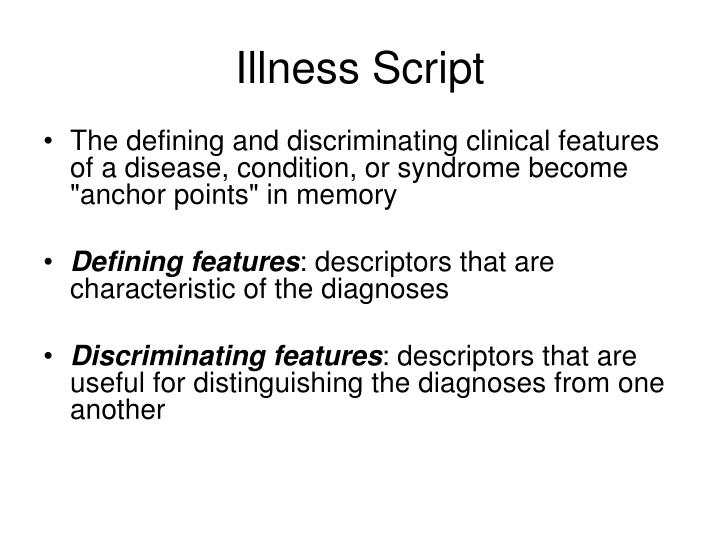


These CADD systems help in removing subjectivity in EHR and/or histopathology image analysis, thereby minimizing the prediction error. The large-scale availability of EHRs has led to a surge in Computer aided Diagnosis and Detection (CADD) systems which, in general, employ various ML algorithms to accurately predict the presence of a particular disease in a subject. Healthcare, one of the most crucial sectors of our society, is availing the facility of digitization of medical records and the emergence of Electronic Health Records (EHRs). In this context, it is worth mentioning that with the growing availability of digital records and data, the last two decades have observed an exhaustive adoption of data mining and machine learning (ML) techniques in healthcare/patients care systems. These researchers are continuously trying to come up with a near perfect system for better patient care. The huge social impact of this research field motivates researchers from various domains like computer science, biology, medicine, statistics, and drug design. However, designing an automatic system that can predict the disease from electronically available medical data is very challenging. The main components of technology-enabled healthcare systems are medical experts, hardware and software. This bonding has not only improved the quality of patient care but also reduced the cost of treatment by imparting efficient allocation of medical resources. Hence, it plays a significant role in healthcare systems by incorporating a large number of computer aided supporting systems and tools. To this end, technology provides an alternative to the traditional system. This scenario sometimes leads to improper care of a patient, which can even prove fatal. However, in this age-old way of medical diagnosis, patients face various difficulties owing to the increase in the number of health related problems as well as the population, especially in developing countries. In the traditional method, patients visit the clinic and the health professionals advise them through their expertise in diagnosis. In this digital era, many organizations have been established across the globe which provide continuous health monitoring facilities for humans. Finally, it concludes the survey by highlighting some future research directions in this field that can be addressed through the forthcoming research attempts. This paper also presents a detailed performance comparison of different methods. The advantages and disadvantages of various techniques are thoroughly explained. To this end, this paper looks over the approaches in the literature designed for predicting chronic diseases like Breast Cancer, Lung Cancer, Leukemia, Heart Disease, Diabetes, Chronic Kidney Disease and Liver Disease. This will also help the researchers to identify the research gaps present there. A systematic survey describing the state-of-the-art disease prediction methods, specifically chronic disease prediction algorithms, will provide a clear idea about the recent models developed in this field. As a result, a large number of AI and ML based methods are found in the literature. Researchers are striving to achieve near-perfect results using advanced hardware technologies in amalgamation with AI and ML based approaches. Disease prediction from diagnostic reports and pathological images using artificial intelligence (AI) and machine learning (ML) is one of the fastest emerging applications in recent days.


 0 kommentar(er)
0 kommentar(er)
